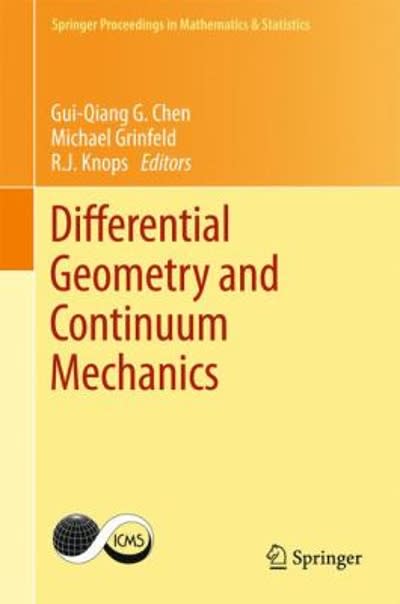/6 Points] DETAILS MY NOTES ASK YOUR TEACHER PRACTICE ANOTHER This question has several parts that must be completed sequentially. If you skip a part of the question, you will not receive any points for the skipped part, and you will not be able to come back to the skipped part. Tutorial Exercise While selecting candy for students in his class, Professor Murphy must choose between gummy candy and licorice nibs. Gummy candy packets come in four sizes, while packets of licorice nibs come in five. If he chooses gummy candy, he must select gummy bears, gummy worms, or gummy dinos. If he chooses licorice nibs, he must choose between red and black. How many choices does he have? HINT [See Example 2.] Step 1 Professor Murphy must first choose between gummy candy and licorice nibs. Below we outline a definite procedure that he can use to decide which candy packets to choose. Alternative 1: Gummy Candy Step 1: pick a size (they come in 4 sizes) Step 2: pick a shape (bears, worms, dinos) Alternative 2: Licorice nibs Step 1: pick a size (they come in 5 sizes) Step 2: pick a color (red and black) That is, he can choose between alternative 1 and alternative 2. If he chooses alternative 1 he has a sequence of two choices to make: size and shape. If he chooses alternative 2 he has a sequence of two choices to make: size and color, Recall the multiplication principle, which states that when making a sequence of choices with r steps, suppose that step 1 has n, possible outcomes, step 2 has n, possible outcomes, . . step r has n. possible outcomes and that each sequence of choices results in a distinct outcome, then there are a total of n, x n, x . . . xn possible outcomes We will first consider alternative 1. Step 1 is to pick a size, for which there are 4 options. Step 2 is to pick a shape, for which there are options. Therefore, by the multiplication principle, there are possible choices for alternative 1. Now we consider alternative 2. Step 1 is to pick a size, for which there are 5 options. Step 2 is to pick a color, for which there are |amp options. Therefore, by the multiplication principle, there are







